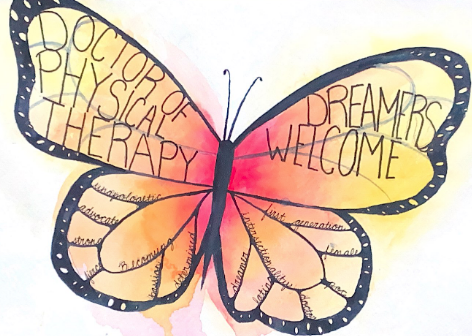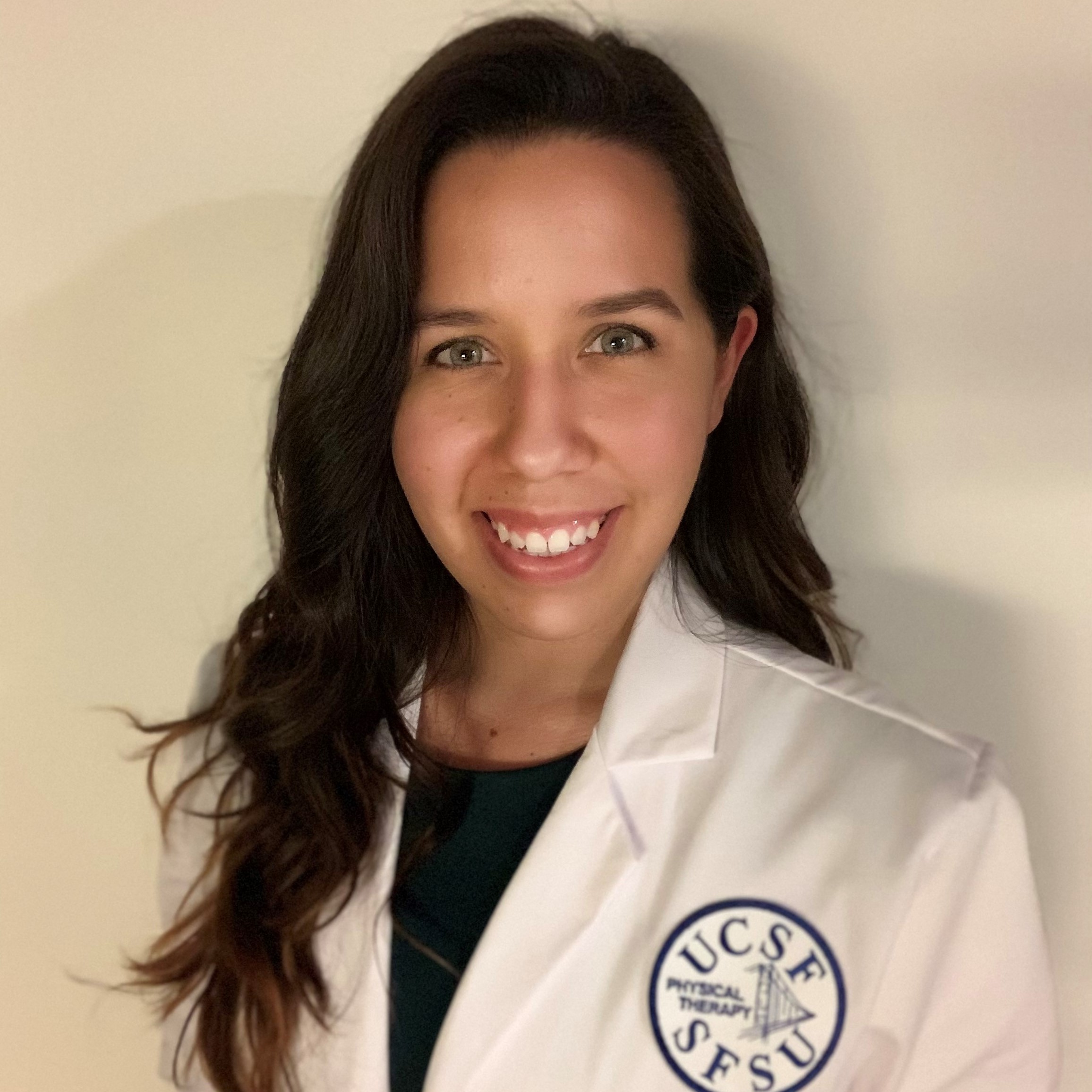Throughout the country, physical therapy and rehabilitation providers do not represent the racial and ethnic diversity of the populations they serve.
Although Latinos, for example, represent 39% of California’s population, only 3.5% of the physical therapy and rehabilitation workforce identifies as Latino. Although 5% of the state’s population identifies as Black, only 2.5% of the PT workforce does so. This incongruence underscores the need for equity and increased diversity in our profession, particularly in our state. In addition to underrepresentation in the profession, most minority groups are also underrepresented in physical therapy educational training programs. For example, despite making up 3.57% of California's population, American Indian and Alaskan Native people made up only 0.4% of students enrolled in physical therapy education programs in 2021-22 and there were only four American Indian or Alaskan Native physical therapy faculty members throughout the entire country.
The scarcity of racially and ethnically diverse physical therapists increases disparities in utilization of rehabilitative care and health outcomes. Studies have found that Black patients, for example, are less likely to use rehabilitation services following trauma, and that other communities have worse outcomes after experiencing hip fractures. In addition, studies find that LGBT people are more likely to identify themselves as being in poor health than heterosexual individuals and that transgender people face numerous barriers to health care due to societal stigma, socioeconomic concerns and mental health challenges.
As an organization dedicated to improving health, UCSF is committed to dismantling structural racism and the impact of bias. Our mission is to build and nurture diverse health care and science leaders while providing the highest quality of care to all of our patients.
A symbol of hope

This art piece by DPT student Maria Jose Solis Lopez was part of her final project in the course Compassion, Accountability, Responsibility, & Excellence, which is taught by DPTRS Vice Chair of Equity Kai Kennedy, DPT, and encourages students to fully understand and consider the environmental and personal contextual factors influencing their role as health care providers. Lopez is a a DREAMer (a beneficiary of the Development Relief and Education for Alien Minors Act).

My goal with this advocacy project was to create a piece of art that a younger me needed in high school: a symbol of hope that I could relate to and feel represented by. To increase the diversity of future clinicians, we need to make our profession feel accessible to future generations of all backgrounds.
MariaJose Solis Lopez
DPT Student
DREAMer
Department of Physical Therapy and Rehabilitation Science equity initiatives
- Expansion of recruitment efforts at Hispanic-serving institutions (HIS), tribal colleges, and other institutions with students from under-represented populations
- Student-run pro bono community clinic providing orthopedic and neurologic physical therapy services to uninsured and underinsured people in the San Francisco Bay Area
- Establishment of community partnerships, including Clínica Martín-Baró, serving the Latinx community, and Mabuhay Health Center, serving the Filipino American community in the San Francisco Bay Area
- Ongoing evolution of the DPT, residency and PhD curricula to incorporate anti-racist/anti-oppressive content throughout
- Creation of the Summer Research Training Program (SRTP), in partnership with Morehouse College, an all-male and historically Black college, providing students with hands-on research experience in rehabilitation science
- Expansion of TeenFit, a student-led program to provide middle schoolers exposure to the profession of physical therapy and lessons on adolescent health
- Increased scholarships for students with financial need including the Justice, Equity, Diversity, and Inclusion (JEDI) Scholarship and the Irene Gilbert Scholarship
